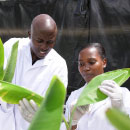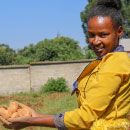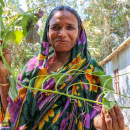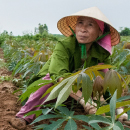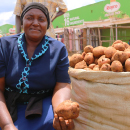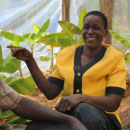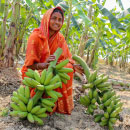Gender is a crucial aspect of pest and disease management because women and men have different roles, knowledge and capacities that should be fully exploited to protect harvests.
Integrating gender into such research usually falls to social scientists, often in isolation from agronomists. Agronomists, for their part, tend to focus on a generic farmer, often assumed to be male, and may not always try to understand how a consideration of gender could improve the impact of their work. RTB researchers illustrated a series of cases from their experiences to show how a gender perspective can enhance research and extension for pest and disease management.
Gender roles can have a profound impact on pest and disease management. The example of banana xanthomonas wilt (BXW) in the East African Highlands provides a case in point. Effective management is provided by single diseased stem removal (SDSR), which needs less labor than removing an entire infected banana mat. Banana production in the region is largely controlled by men, and training in SDSR targeted men almost exclusively. When RTB came to scale out BXW management, they found that many men had migrated in search of work, leaving women to care for the bananas but without the training to manage the disease. RTB switched SDSR training to target women as well as men.
Women and men may perceive pests and how to deal with them very differently, even in the same community. In northern Ghana, one of the main pests of sweetpotato is a weevil. Women think the adult weevil is the most serious pest of sweetpotato. They check the roots carefully after harvest and cut off infected parts before storing the roots. Men think maggots, larvae of the weevil, are the more serious pest, and they harvest early to prevent maggots infesting the roots. Any training should acknowledge that men’s and women’s understanding of pests and how to control them may differ based on their priorities and practical experience.
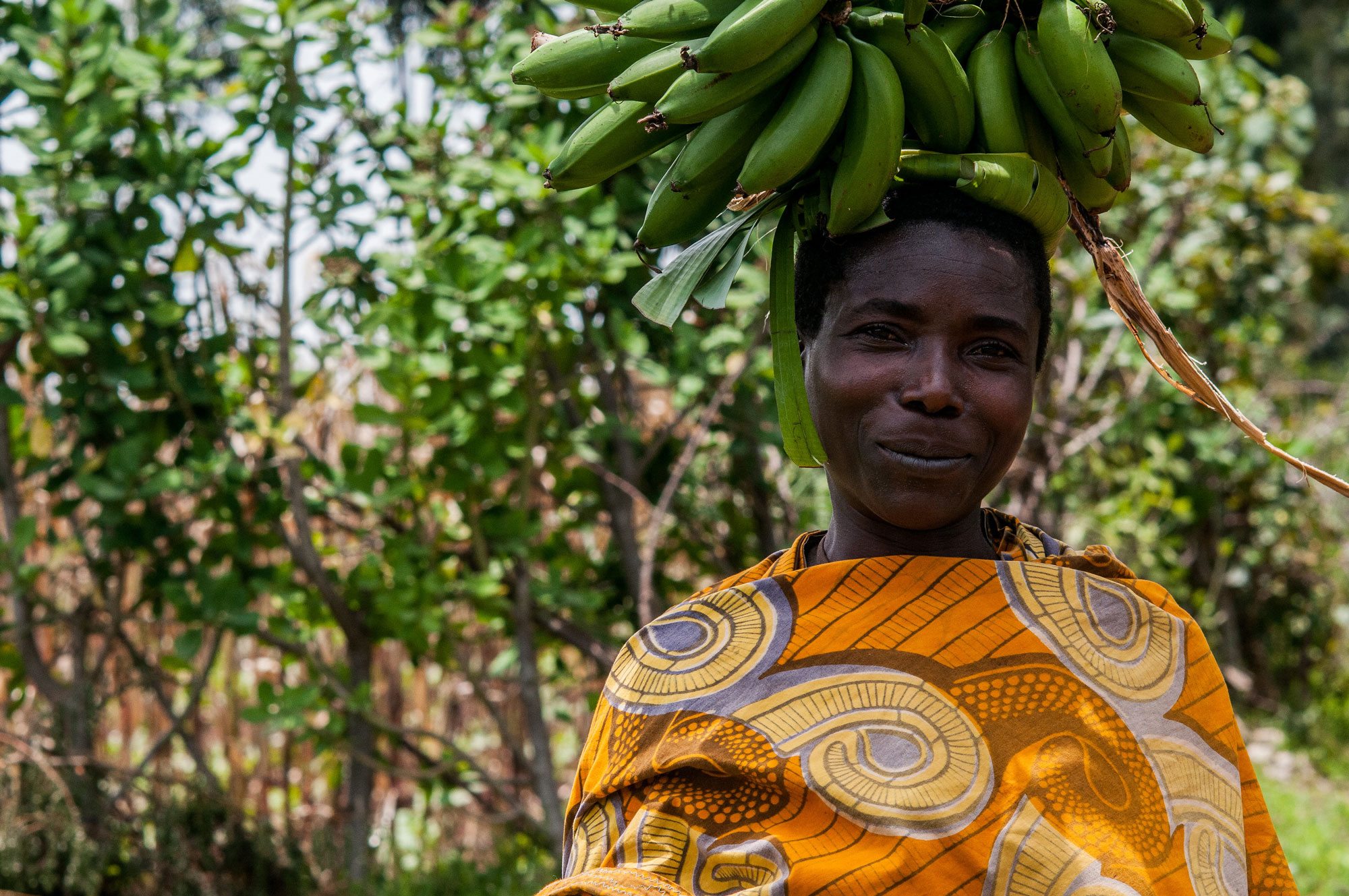
Well-meaning control plans can backfire if gender issues are not adequately considered. In Ethiopia, where late blight is a serious threat to potatoes, some communities adopted a disease monitoring system established by the farmers’ group through by-laws to ensure compliance. It turned out that some women failed to implement agreed practices, such as scouting the fields to monitor for disease. In addition, many women did not spray their fields because they could not afford to buy fungicide. The community imposed fines on the women, who already had less access to financial resources than men, adding to the burden on those women. The farmers’ group belatedly realized that sanctions would not guarantee full compliance. Instead, they decided to financially support women farmers so that the entire community would benefit from full compliance with the blight management plan. Knowledge — to monitor and spray — is not enough in the face of existing constraints on women.
The case study review contains other examples of a gender perspective making the management of pests and diseases in the field more effective. It can broaden the scope of agronomy and crop protection to move beyond a single problem on a single crop to a more system-wide approach that sees women and men as having strategies that serve their needs as a whole. Gender-responsive participatory research and extension are essential, and that will require agricultural institutions to facilitate transdisciplinary research and to encourage more women to undertake research and extension.

